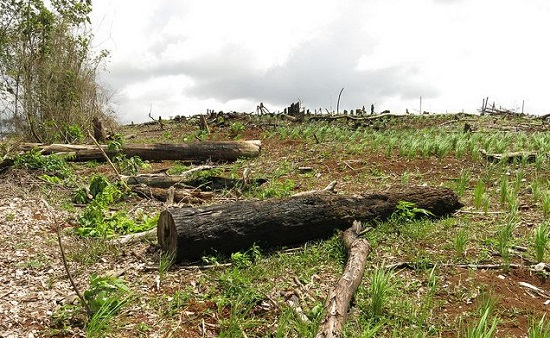
Story of the Week... Toon of the Week... Quote of the Week... Graphic of the Week... SkS in the News... Coming Soon on SkS... Poster of the Week... Climate Feedback Reviews... SkS Week in Review... 97 Hours of Consensus...

With greenhouse gas emissions climbing and climate impacts becoming increasingly severe, the urgency to address climate change has never been greater. Many of the solutions to date have focused on mitigation—ways to slash emissions as quickly as possible, such as by adopting renewable energy, promoting energy efficiency and stopping deforestation. These efforts remain critically important, and we need to accelerate them. Yet the science shows they will not be enough on their own to have a good chance of meeting the goals of the Paris Agreement on climate change.
To prevent the worst impacts of climate change, the world will need to reach net-negative emissions, a point at which we’re actually removing and storing more carbon from the air than we’re putting into the atmosphere. This will involve deploying techniques that remove carbon from the atmosphere and permanently store it.
Here, we take a look at the latest science on negative emissions and carbon-removal approaches:
Taking Greenhouse Gases from the Sky: 7 Things to Know About Carbon Removal by Kelly Levin, James Mulligan & Gretchen Ellison, World Resources Instittue (WRI), Mar 19, 2018
Note: Also see the Graphic of the Week section of this Digest.
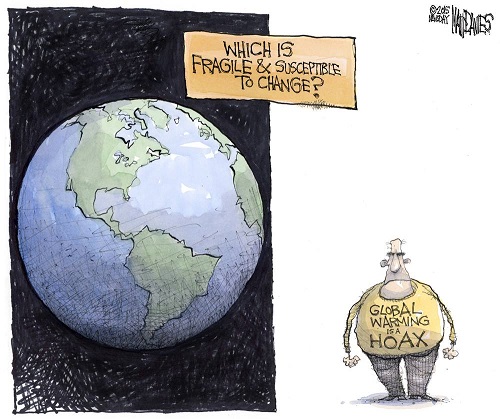
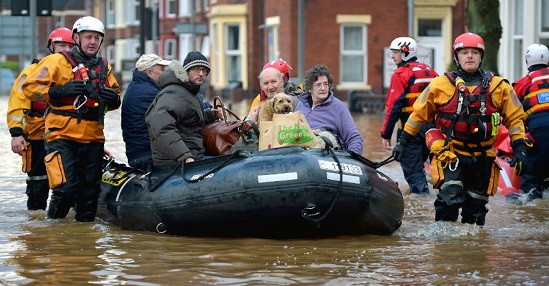
Europeans are facing more frequent extreme weather as the planet warms. Floods and big landslides have quadrupled and extreme heat waves and crop-damaging droughts have doubled since 1980, with a sharp spike in the last five years, according to the European Academies' Science Advisory Council's latest extreme weather update.
The increase in the frequency of extreme weather events should spur European countries to boost adaptation and resiliency efforts, said EASAC Environment Program Director Michael Norton.
"Policy makers and lay people think climate change is something gradual and linear, but we need to keep explaining that the gradual change is increasing the chance for dangerous extremes, and that's what we have to prepare for," Norton said.
"The increasing frequency and magnitude of extreme weather events makes climate-proofing all the more urgent. Unfortunately, there's a disconnect between the political time scale of taking action, and the time scale on which climate change happens," he said. "And by the time a lot of these more serious problems are widely recognized, the changes will be irreversible."
Europe Saw a Spike in Extreme Weather Over Past 5 Years, Science Academies Say by Bob Berwyn, InsideClimate News, Mar 21, 2018
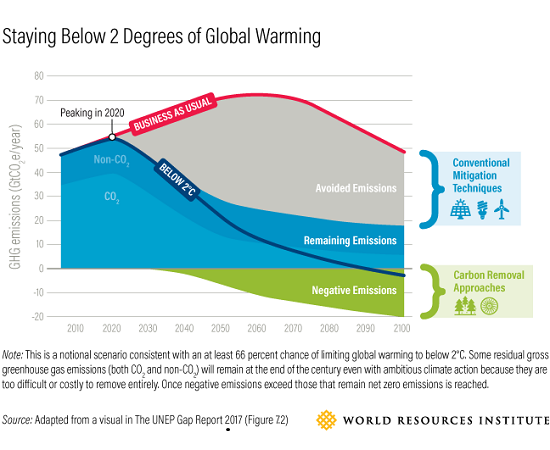
Taking Greenhouse Gases from the Sky: 7 Things to Know About Carbon Removal by Kelly Levin, James Mulligan & Gretchen Ellison, World Resources Instittue (WRI), Mar 19, 2018
In his article, Answers to the Judge’s Climate Change Questions in Cities vs. Fossil Fuels Case (InsideClimate News), John H Cushman Jr wrote:
Some people, well-known for disputing the mainstream consensus on climate science, are asking the judge to admit their views in a friend of the court brief, asserting that "there is no agreement among climatologists as to the relative contributions of Man and Nature to the global warming" of the past several decades. Another familiar trio, asserting that the climate always changes, that it's impossible to say how much of the "modest" recent changes are due to humans, and that there's been no significant increase in damage, offered their own answers to the eight questions.
The first link embedded in the above pragraph is to: Consensus on consensus: a synthesis of consensus estimates on human-caused global warming, Cook et al, , ,
In her article, How do you talk to Pruitt about climate change? (ClimateWire/E&E News), Nina Heikkinen sounded out to a number of experts including Dana Nuccitelli and John Cook for advise on how to interview the US EPA Administrator, Scott Pruitt. Both Nuccitelli and Cook are quoted extensively.
In his article, The judge in a federal climate change lawsuit wants a science tutorial (Vox Energy & Environment), Umair Irfan wrote:
The “Little Ice Age,” a period of cooling in North America and Europe between 1300 and 1800, is actually a separate phenomenon from true ice ages, and it occurred on a regional rather than global scale. Scientists are still figuring out why it happened, but there is some evidence that it started due to volcanic eruptions and ended with a change in output from the sun.
The third link embedded in the above paragraph is to the SkS rebuttal article, What ended the Little Ice Age.
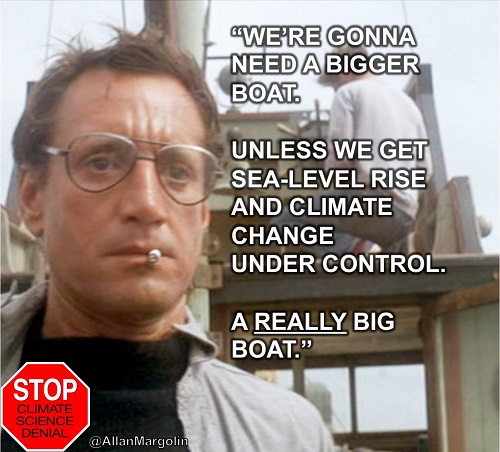
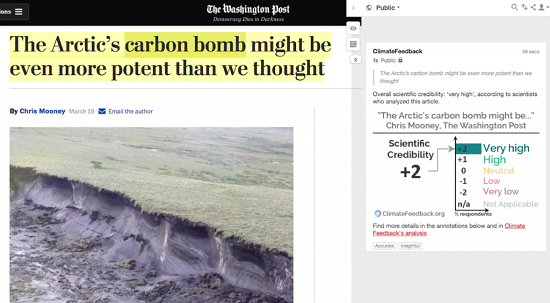
Climate Feedback asked its network of scientists to review the article, The Arctic’s carbon bomb might be even more potent than we thought by Chris Mooney, Energy & Environment, Washington Post, Mar 19, 2018
Three scientists analyzed the article and estimate its overall scientific credibility to be 'very high'.
A majority of reviewers tagged the article as: Accurate, Sound reasoning
Review Summary
This article in The Washington Post describes new research on greenhouse gas emissions from thawing permafrost—specifically the balance of carbon dioxide vs. methane released from waterlogged permafrost soils.
Scientists who reviewed the article found that it accurately described the study and provided context on its overall implications by quoting comments from two other researchers. The article’s headline, however, may mislead readers through the use of the sensational phrase “the Arctic’s carbon bomb”, which calls to mind a catastrophic, explosive release of greenhouse gas. The study could indicate that more of the carbon released from thawing permafrost will be released as methane—increasing its near-term warming influence—but it is not clear how much additional methane this would represent.
Washington Post accurately covers permafrost study, albeit under a somewhat sensational headline by Scott Johnson, Climate Feedback, Mar 22, 2018
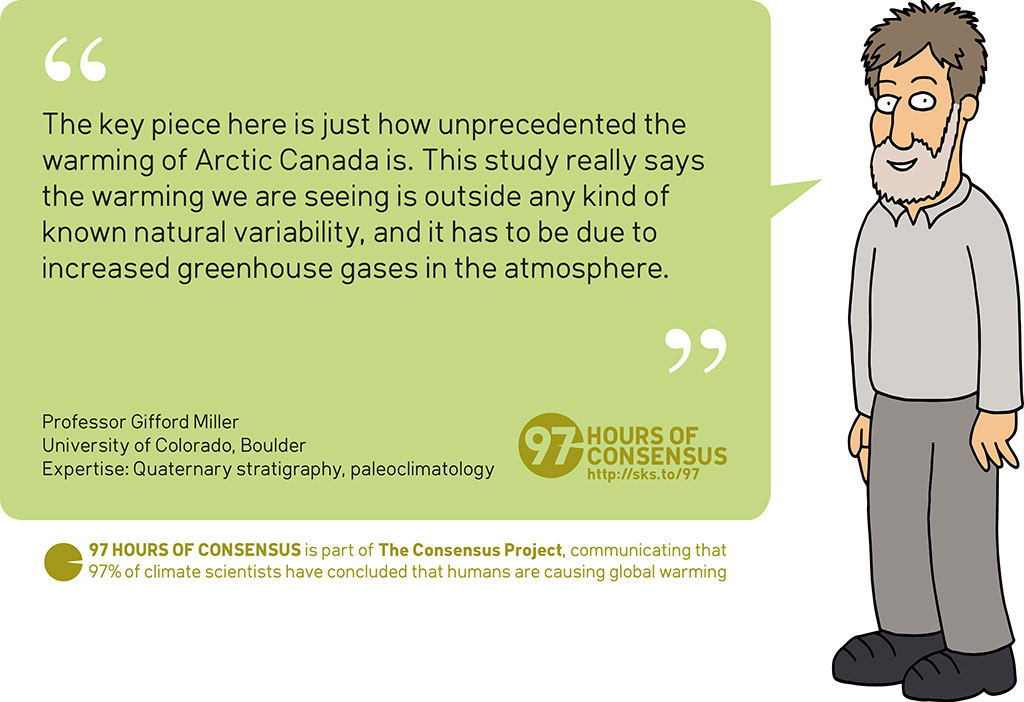
Wally Broecker's bio page and quote source.
High resolution JPEG (1024 pixels wide)
Posted by John Hartz on Sunday, 25 March, 2018
 |
The Skeptical Science website by Skeptical Science is licensed under a Creative Commons Attribution 3.0 Unported License. |